Archives
- 2018-07
- 2019-04
- 2019-05
- 2019-06
- 2019-07
- 2019-08
- 2019-09
- 2019-10
- 2019-11
- 2019-12
- 2020-01
- 2020-02
- 2020-03
- 2020-04
- 2020-05
- 2020-06
- 2020-07
- 2020-08
- 2020-09
- 2020-10
- 2020-11
- 2020-12
- 2021-01
- 2021-02
- 2021-03
- 2021-04
- 2021-05
- 2021-06
- 2021-07
- 2021-08
- 2021-09
- 2021-10
- 2021-11
- 2021-12
- 2022-01
- 2022-02
- 2022-03
- 2022-04
- 2022-05
- 2022-06
- 2022-07
- 2022-08
- 2022-09
- 2022-10
- 2022-11
- 2022-12
- 2023-01
- 2023-02
- 2023-03
- 2023-04
- 2023-05
- 2023-06
- 2023-08
- 2023-09
- 2023-10
- 2023-11
- 2023-12
- 2024-01
- 2024-02
- 2024-03
- 2024-04
- 2024-05
- 2024-06
- 2024-07
- 2024-08
- 2024-09
- 2024-10
- 2024-11
- 2024-12
- 2025-01
- 2025-02
- 2025-03
-
To provide a brief critical
2020-02-22
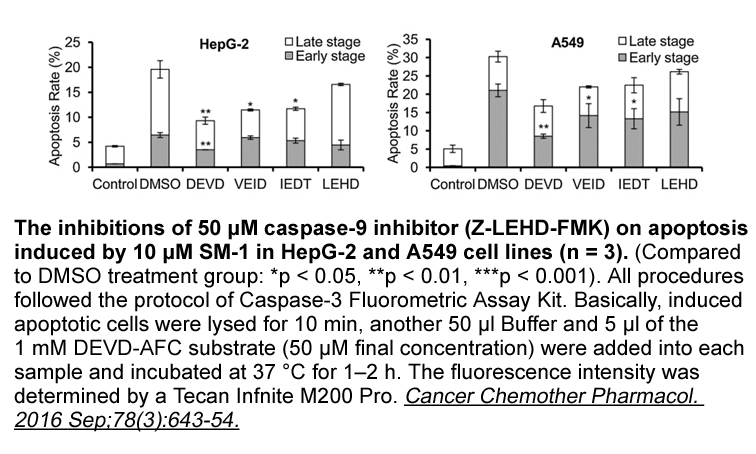
To provide a brief critical evaluation of this technology and an outlook, we note that performance of SMEPT is critically dependent on each of the components making up this platform, namely the substrate, the enzyme, and the prodrug. With regards to the latter, SMEPT is built on the experience and s
-
Despite the fact that the precise relevance
2020-02-22
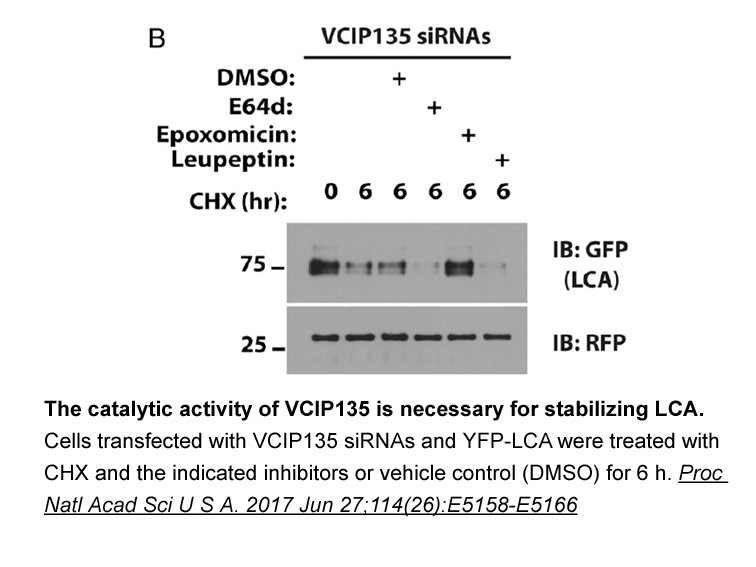
Despite the fact that the precise relevance of Ube2E self-ubiquitination in vivo is still elusive, findings of Sarkari et al. do establish Ube2E1 ubiquitination in Decoquinate [36]. In vivo self-ubiquitination of Ube2E1 is further supported by the high-throughput study aimed to identify all ubiquiti
-
br Expression of DNMTs during testicular development In
2020-02-22
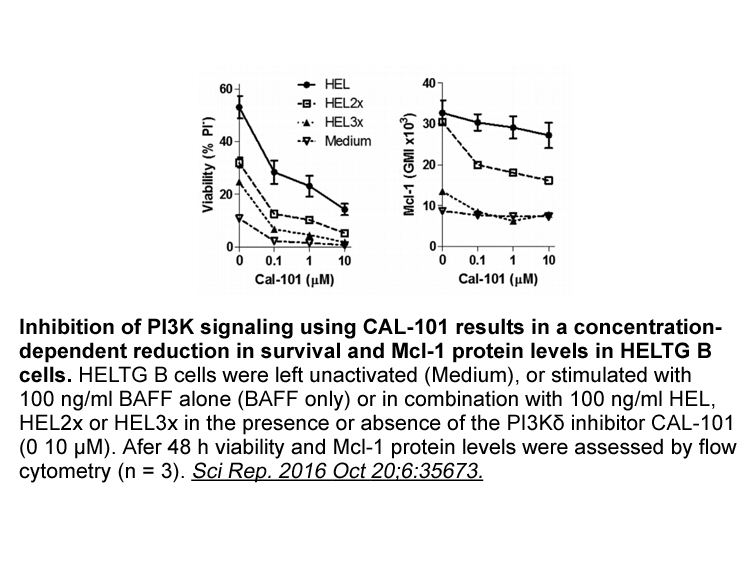
Expression of DNMTs during testicular development In most multicellular organisms, male and female germ cells are the origin of development of an organism, and they provide inheritance of genetic and epigenetic information across the generations. Primordial germ cells (PGCs) derive from a subset
-
To understand more clearly how these
2020-02-22
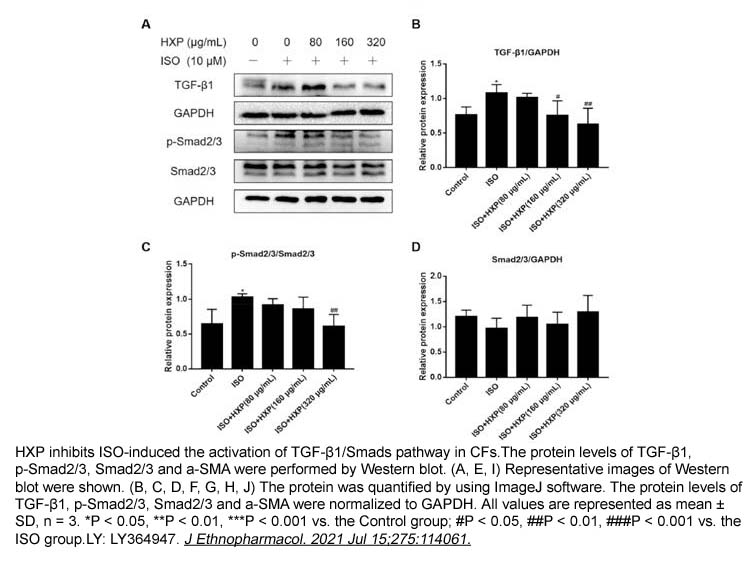
To understand more clearly how these activities are combined in the heterotrimeric enzyme and to understand more clearly how DNA alkylation might effect DNA helicase activity, we summarize the relevant features of the structure of RecBCD determined in the presence of DNA. The RecB and RecC subunits
-
Indeed the alkyl group is
2020-02-22
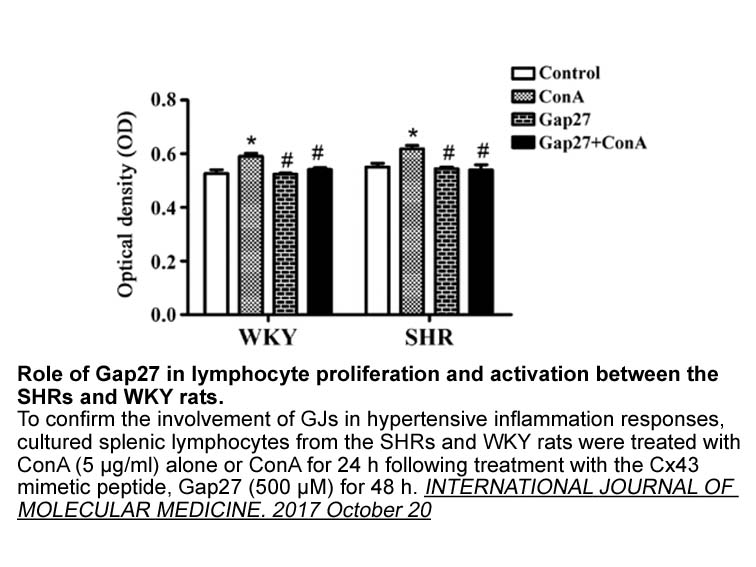
Indeed, the -alkyl group is not seen in the original crystallographic electron density omit map prior to positioning either inhibitor in DHODH, nor can it be found in the final maps. Rather, the electron density maps are consistent with hydrolysis of the amide to the acid. Once the scaffold was clea
-
Sulbactam Our current understanding of nucleotide metabolism
2020-02-22
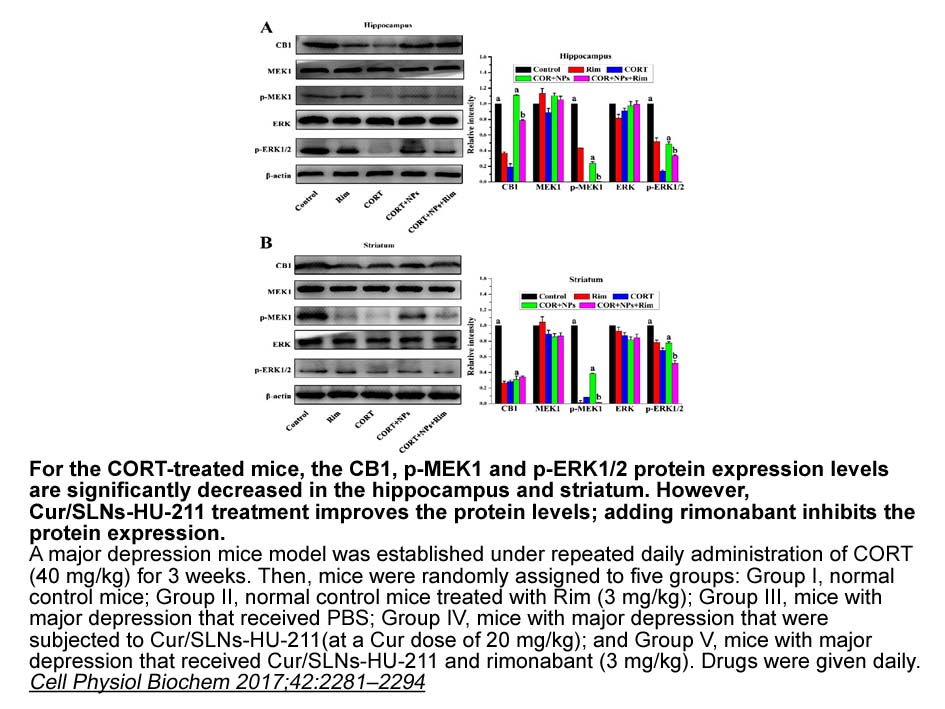
Our current understanding of nucleotide metabolism in has made it possible to identify numerous proteins which serve essential roles in the life cycle of the parasite. One such protein is thymidylate synthase-dihydrofolate reductase (TS-DHFR), a bifunctional enzyme which is necessary for the produc
-
Estrogens Definition and history The term estrogens
2020-02-22
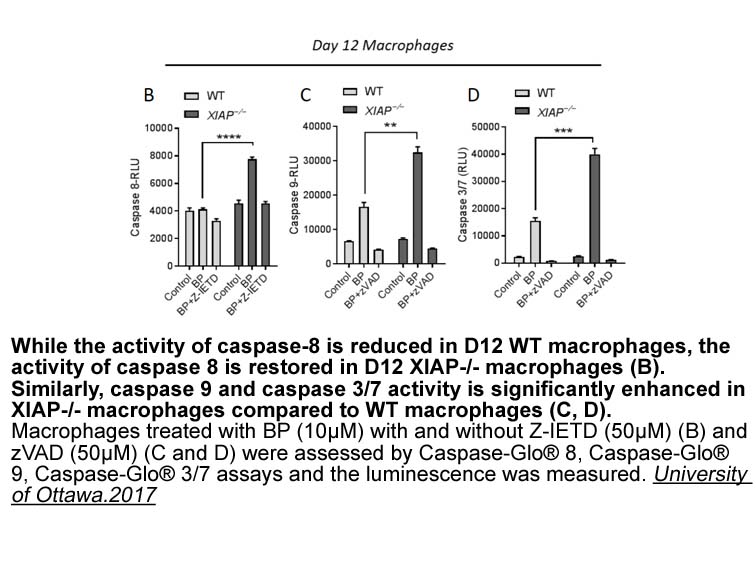
Estrogens: Definition and history The term “estrogens” refers to a group of female hormones, including estrone, estradiol, estriol, and estretrol (Fig. 1). Chemically, estrogens belong to the family of organic compounds known as steroids. As such, their core structure is composed of 17 carbon-carbo
-
ICT is a product of icariin via
2020-02-22
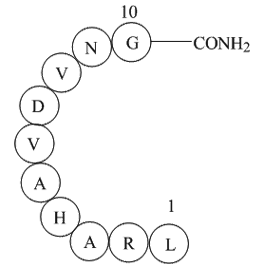
ICT is a product of icariin via the metabolism of intestinal bacteria with estrogen-like activities [33]. ICT as a bone-protecting agent can enhance osteoblast differentiation while suppressing osteoclastic differentiation in vitro [19], and stimulate osteogenic differentiation and inhibit adipogene
-
br Author Contributions br Acknowledgments This
2020-02-21
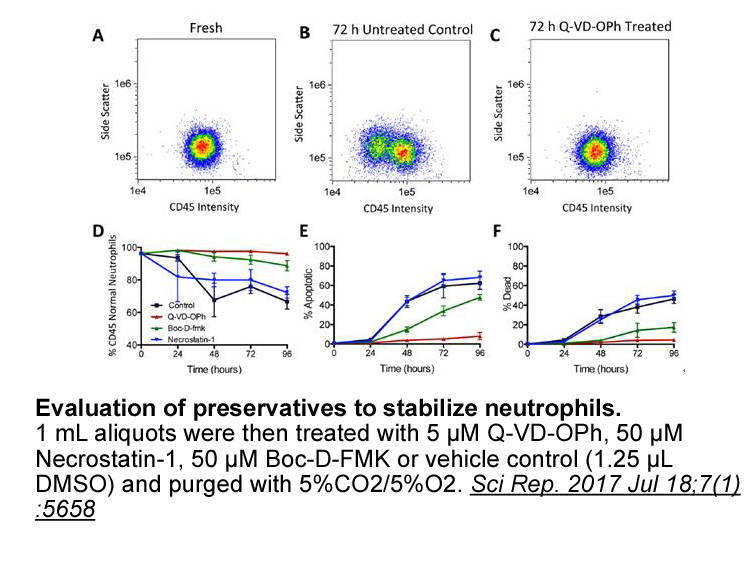
Author Contributions Acknowledgments This work was supported, in part, by a grant from the National Cancer Institute of the National Institutes of Health under Grant U01CA202241 and National Institutes of Health under Grant R01NS083856. Introduction The Eph (erythropoietin-producing human
-
br Results and discussion The effects of
2020-02-21
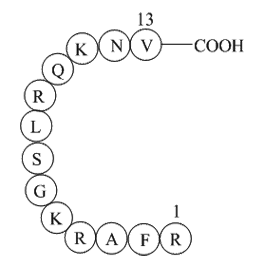
Results and discussion The effects of hypoxia, a combination of shear stress and hyperoxia, and a combination of shear stress and hypoxia in BAECs were assessed at 0, 15, 30, 60, 120, and 180 min. Changes in phosphorylation levels of eNOS at Ser635 were investigated using immunoblotting, and repr
-
The redox sensitive transcription factor
2020-02-21
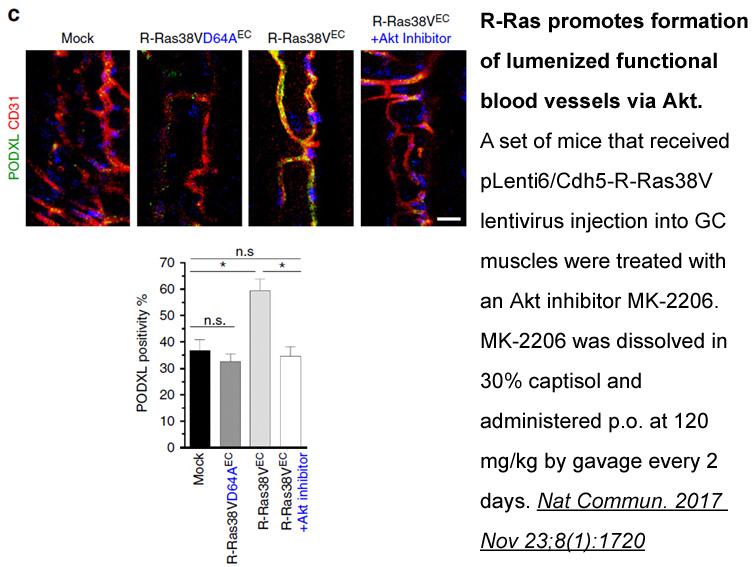
The redox sensitive transcription factor NF-κB is reported to play a crucial role in the COPD pathogenesis via up regulating the expression of several cytokines, chemokines, growth factors, and adhesion molecules [71]. Incidentally, we and others have shown that PARP-1 modulates the NF-κB activation
-
br Materials and methods br Results br
2020-02-21
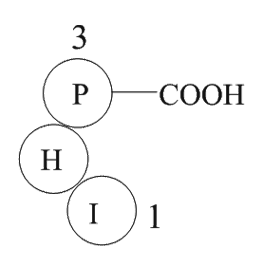
Materials and methods Results Discussion GOS potently inhibited SRD5A1 in COS-1 cells (Fig. 4A) and rat Leydig cells (Fig. 4B), possibly attenuating testosterone activation into DHT. It has been reported that gossypol inhibited human SRD5A1 with IC50 of 7 × 10−6 M [28]. Interestingly, gossy
-
However there are still some issues that remain poorly under
2020-02-21
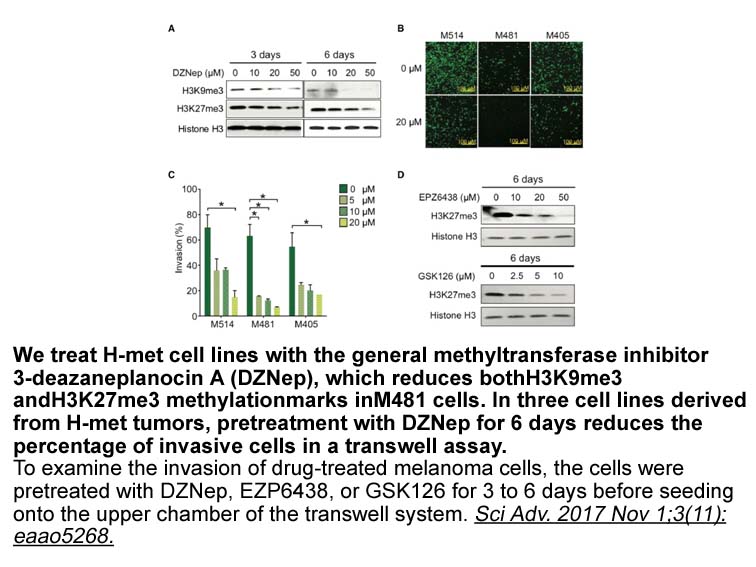
However, there are still some issues that remain poorly understood. For instance, how TGF-β modulates DDR2 expression and whether Smads participate in the regulation. How does DDR2 regulate the expression of PTHrP via Runx2? Is there any other kinase downstream of DDR2 participating in PTHrP regulat
-
The collagen field undoubtedly regains attractiveness with
2020-02-21
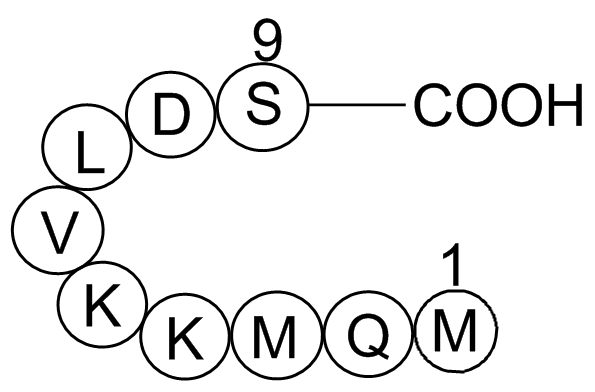
The collagen field undoubtedly regains attractiveness with the emergence of new concepts (cell niche, regulation of growth factor bioavailability, mechanotransduction, cell microenvironment sensing) and new tools to investigate their in vivo functions (atomic force microscopy (AFM), second harmonic
-
br Material and methods br Results br
2020-02-21
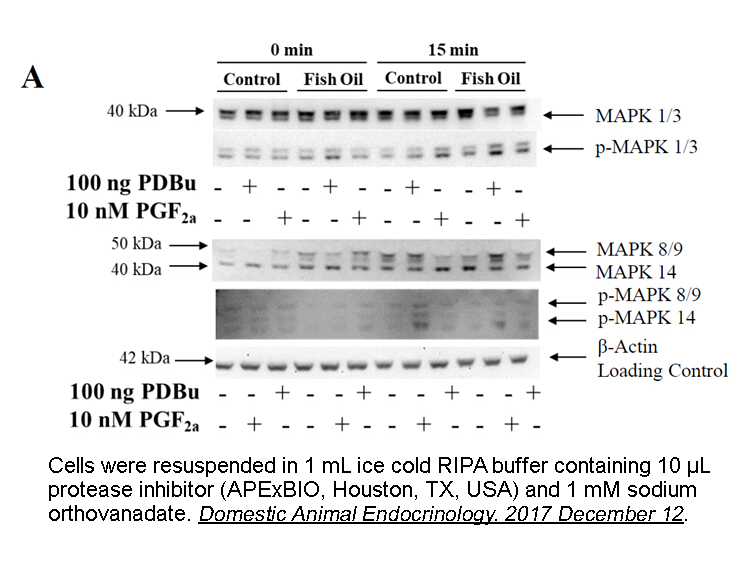
Material and methods Results Discussion Isolated Vincristine sulfate have several potential advantages over other in-vitro approaches, such as expression of properties similar to their site of origin including the possibility of bidirectional transmembrane transport and exposure. Furthermor
15184 records 849/1013 page Previous Next First page 上5页 846847848849850 下5页 Last page